
The 4 Most Important Museum Digital Project Components
Museum digital projects should always include definitions of these four components: objectives, stakeholders, resources, deliverables

Museum digital projects should always include definitions of these four components: objectives, stakeholders, resources, deliverables
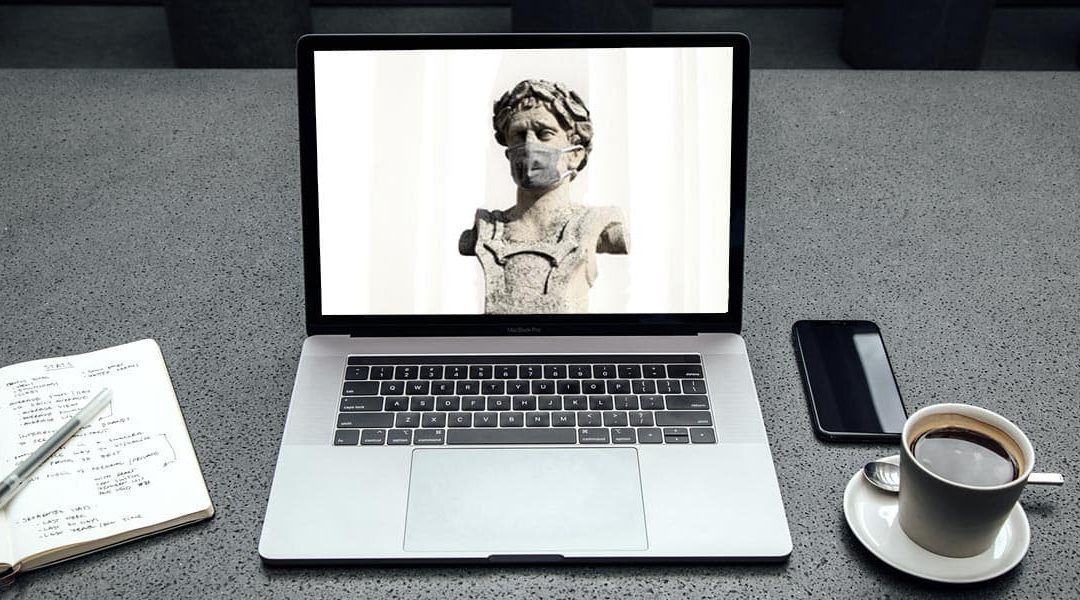
During COVID-19, museum digital projects evolved to absolutely and urgently required, high priority, the only activity staff could perform remotely.
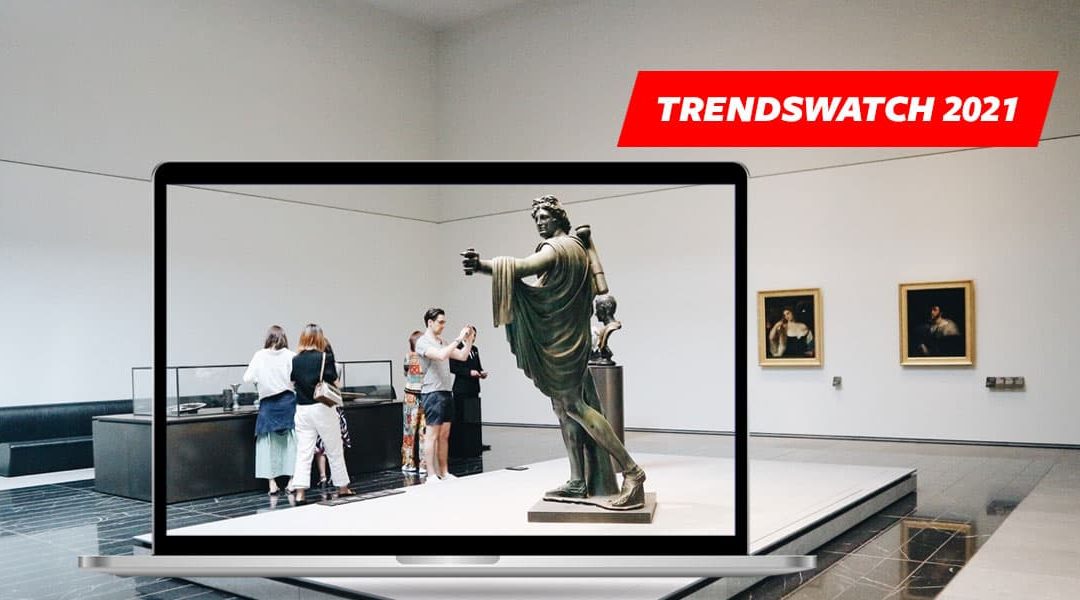
The third in a series of 6 posts from Rachael Cristine Woody analyzing the elements of AAM’s Center for the Future of Museums TrendsWatch Report 2021

If museums can just financially-survive COVID-19 there is a tremendous opportunity to get incredible digital collections management platforms.

Museum Collections Management System (CMS) choices depend on your end goal, what tools you need to get there, and how big your budget is.

Digital museum collections work and the CMS tools we use are more essential now than ever; this will likely remain true post-pandemic.

DAMS and CMS platforms have similar functionality, but there are differences in how well those work and whether they meet museum requirements.

Priorities in LAMs committed to inclusivity include creating demographically appropriate content and spaces with input from those demographics

A museum’s digital presence is just as important as its physical presence; we need to start using our CMS data when we speak about collection value.

Definition of museum Collections Management System (CMS) data, outlines how to find CMS data and highlight the data that provides the best insights.

Digital museum SEO is a continual practice; investing in and maintaining good SEO should be incorporated into routine maintenance of your museum CMS.

This post describes how to effectively test the SEO of a museum CMS and offers 5 methods for how to get a jump start on improving it.

Search engine optimization (SEO) expands the reach of a museum CMS to make collections widely discoverable.

The ability to upload, publish, and engage with multimedia files within the museum CMS is critical to meeting user experience (UX) best practices

A museum collections management system (CMS) must appeal to digital visitors by offering related multimedia materials grouped together

Fully integrated CMS portals offer benefits for the museum, staff, and digital visitors—and should be considered over other options whenever possible
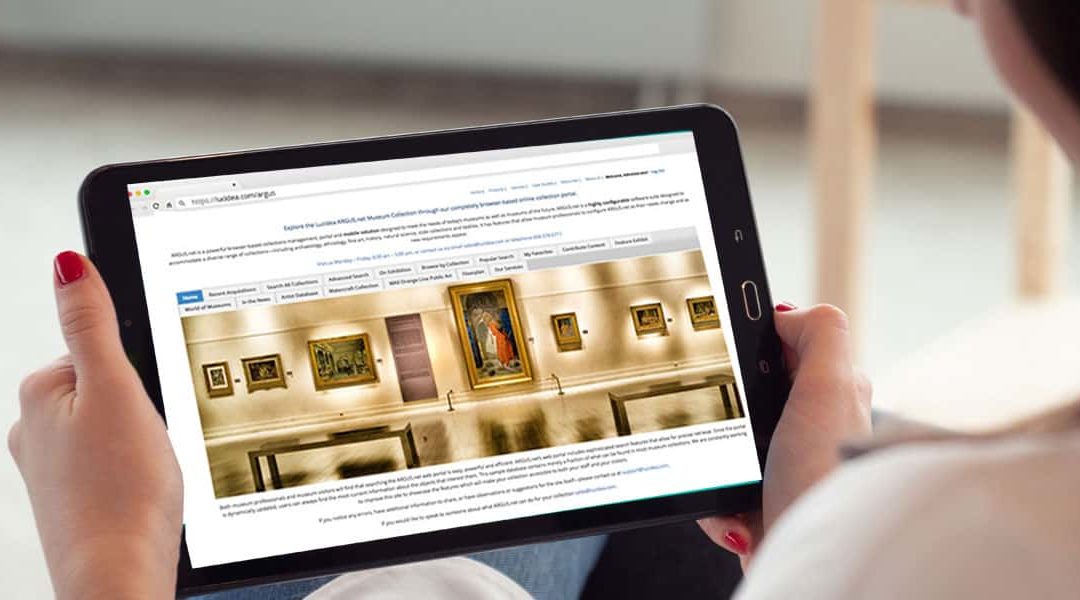
Discovery designed for the digital hobbyist means providing avenues for visitors to browse information, an object, or collection at the museum.

Your museum CMS must accommodate mobile-first or mobile-primary users due to the reality of pandemic-induced working from home into the future
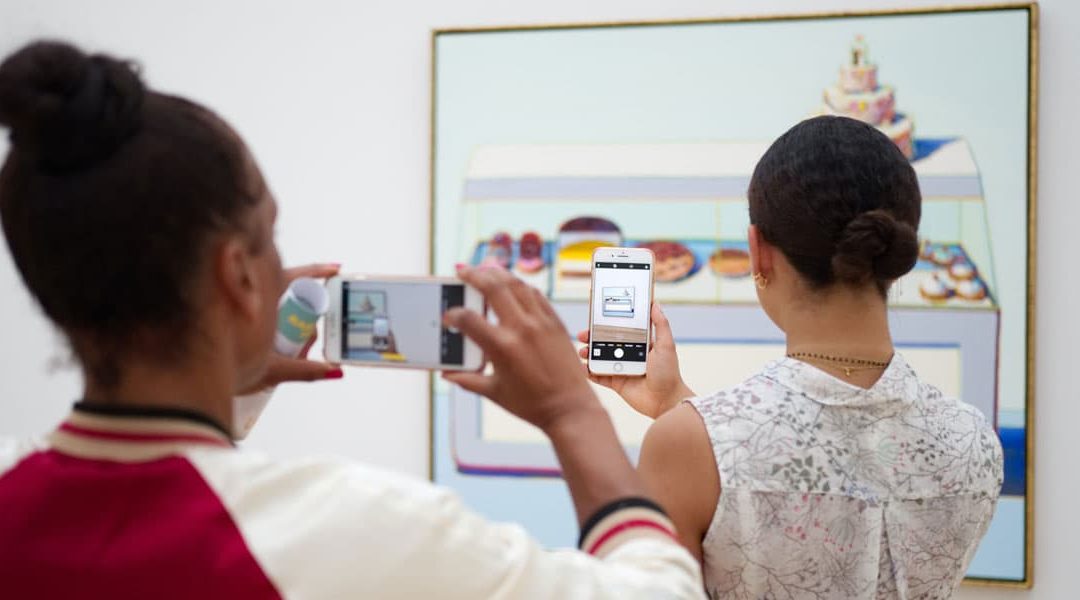
Museum patrons use mobile devices to plan and visit collections, make purchases, and donate. A great mobile CMS experience mimics in-person visitation

A mobile museum CMS contributes to visitor education, enrichment, enjoyment. It supports staff who perform work in stacks, in the field, or at home

Museum leaders must focus on financial capital—investments that generate income—and think strategically about how to grow and leverage it.

Museum leaders must make sure that staff have all the tools needed to work remotely, including a web-based CMS and options for personal connection.

Museum workers can focus on digital museum projects while working remotely; digital asset cleanup, digital collections management, and digital strategy
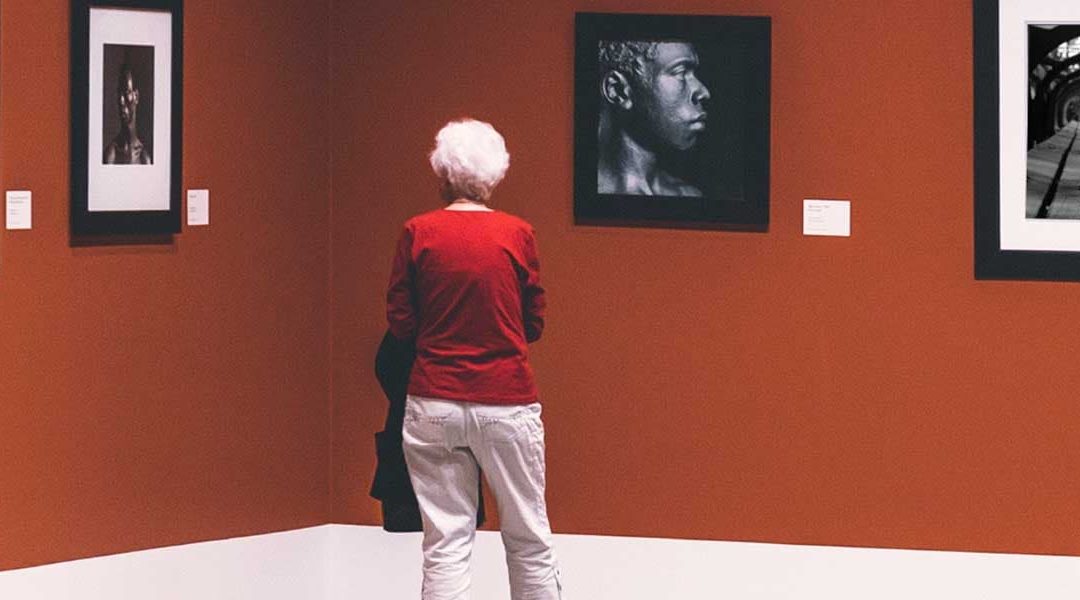
The top five barriers to museum entry and enjoyment for seniors are: comfort, sensory, physical accessibility, safety, and practical access.

Museum unpaid internships are common; commitment to Diversity, Equity, Accessibility, and Inclusion (DEAI) is a reason to prioritize paid internships